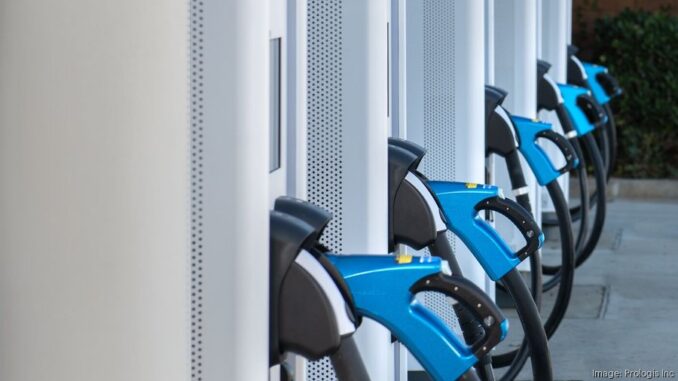
It is rare for all of us to worry about what will happen when we flip a light switch. Will the lights, oven, microwave, hairdryer, automobile charging system turn on or not? We expect that it will all work when we need it to function.
In the not-too-distant future that reliability might be called into question as portions of our national electrical grid become strained by the increasing demand for electricity.
The major components that make up the electrical grid of today include power generation, transmission, and distribution. Power generation comes from the burning of fossil fuels, coal and natural gas, plus nuclear energy and hydro-power from water turning turbines at dams to produce electricity.

Transmission lines are those huge towers that we see bringing power from where it is being generated to substations where that power is “stepped down” and delivered by distribution systems, either wires that are above ground on poles or more recently in some places buried in the ground. Today, for instance, you don’t see electrical power poles dominating many streetscapes.
Here in the Pacific Northwest, we have been blessed in the past with an abundance of hydro-powered electrical generation. It is clean and has been bountiful. So bountiful and inexpensive that it has attracted many of the national brands that need cheap plentiful power to provide electricity to the many server farms that connect us to the goods and services that our 21st century consumers crave.
The heyday of server farms is not over. The latest entry into the world of power-hungry information technology (IT) server farms crunch numbers in support of cryptocurrency and the monolith now approaching — artificial intelligence. Both of these latest entries into the hunt for electrical power will consume huge amounts of electrons needed for every aspect of electrical power.
We are indeed in the midst of an electrical revolution as we look to decarbonize our climate and transition from gasoline and diesel-powered cars and trucks to electric vehicles. That conversion has already started. Volvo, for instance, has pledged that half of all their new vehicles being sold will be electric by 2025, which is just around the corner.
Delivery vans that bring packages to your doorstep via UPS or Amazon are on pace to become all-electric in the near future. This is great for the environment and mitigating the impacts of climate change — but are we ready for the surge in demand?
There is a national push now to vastly expand the number of vehicle charging stations available to the public. Anyone with an electric vehicle knows that these are great for commuting, but cross-country travel can be daunting and difficult due to a lack of charging infrastructure and battery endurance — especially in cold or hot weather.
The challenge facing our national and regional power infrastructure is how do we keep up with the need for electrical power, while simultaneously ensuring on-demand availability when and where it is needed. Modernizing our electrical grid has been talked about for many years, but progress toward implementation has been slow.
We need to be able to shift power from where it is being generated to where it is being used, especially during times of extreme usage such as heat waves and also periods of extreme cold, such as those that Texas experienced several years back. This is where the transmission and distribution systems are critical.
I recall years ago when Puget Sound Energy wanted to add additional transmission capability on an existing right of way that already had powerlines. Neighborhoods adjacent to this right of way opposed the addition of more power lines. I wonder if they would oppose such improvements if it meant that they would not experience brownouts due to a lack of electrical power in their homes?
More transmission and distribution lines, plus electrical substations will be needed in the future to meet our personal and community needs. When those opportunities become available, it will be important for all of us to remember that we exist as part of a larger community. It is in our own self-interest to support increased capacity in the Pacific Northwest, be it in the region or down the street from where we live.
The need for a cleaner and more sustainable grid is clear, but we have to ensure that this transition happens effectively and the infrastructure is being built to support it. We need to back the buildout of a more robust and redundant electrical power system. Public opinion and perception about a transition to green energy will change quickly if the lights start going out. The stakes are too high to afford that.
